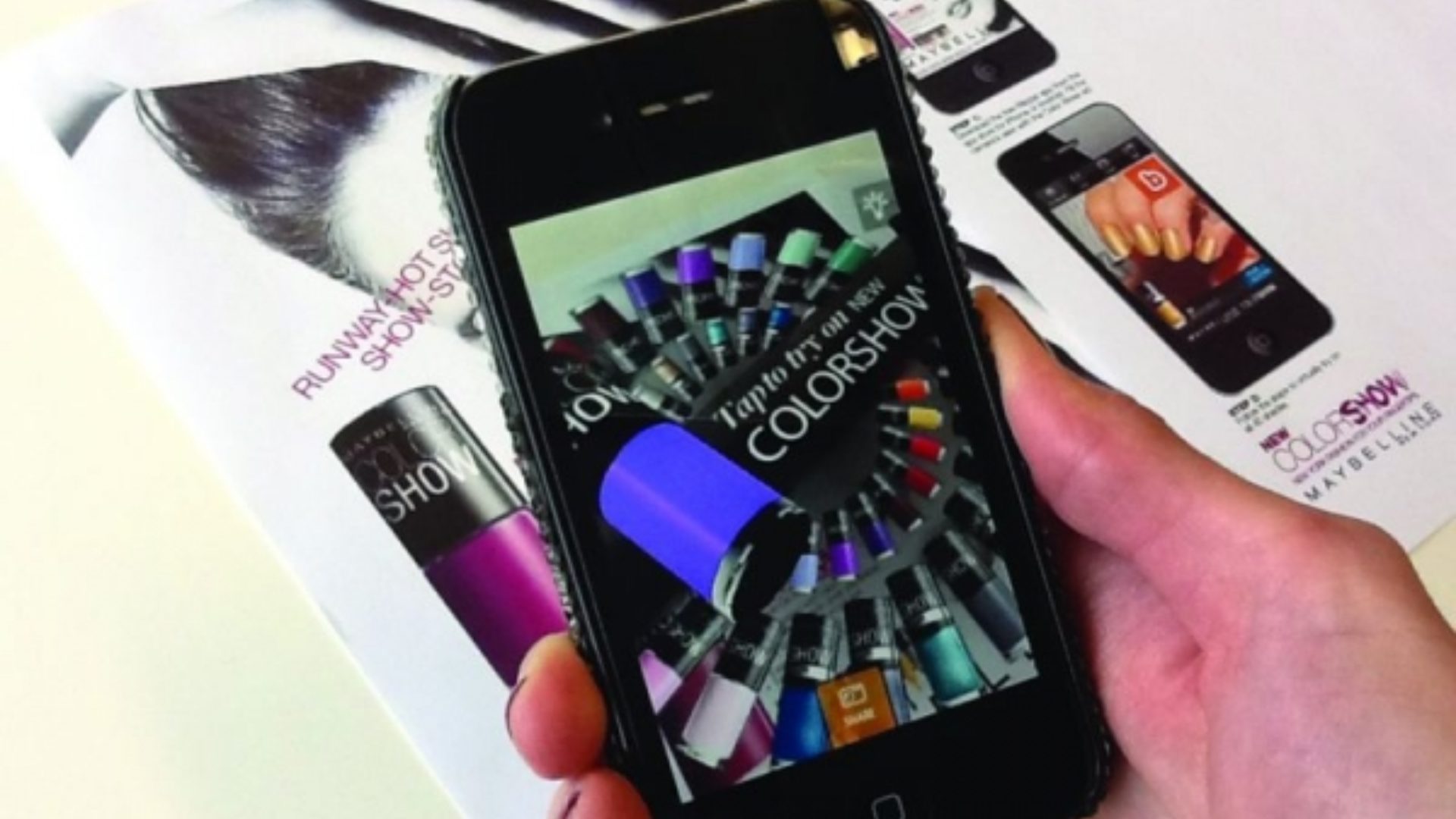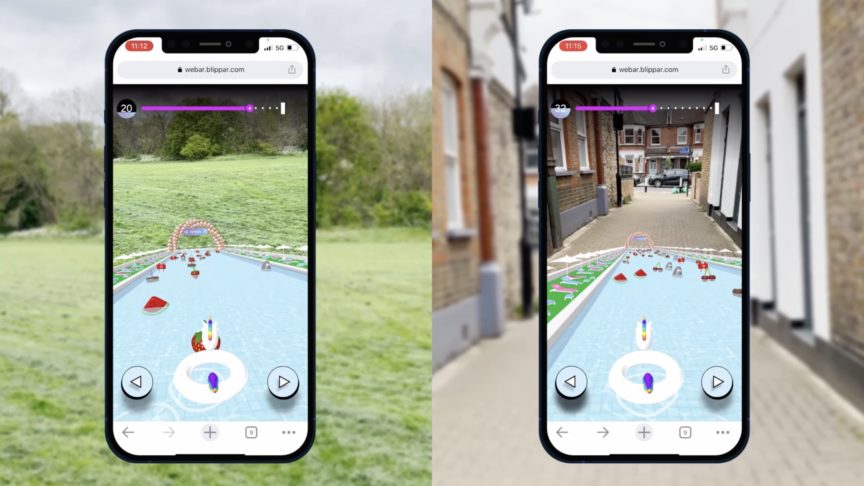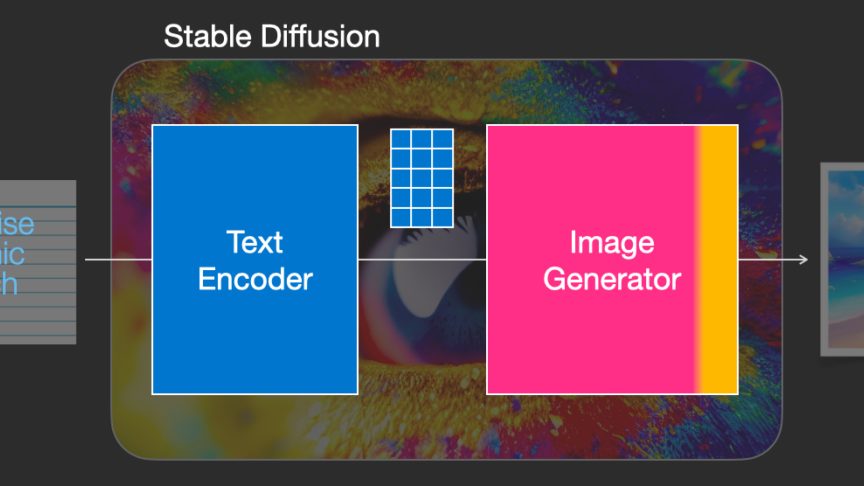5 must-know best practices for your first AR campaign
November 19, 2013
5 must-know best practices for your first AR campaign

Remember the saying, "If a thing is worth doing, it's worth doing well"? Those are great words to live by, and they're especially true when it comes to augmented reality (AR).
If you've been keeping up with the latest trends, you already know AR is poised to play a major role in possibly revitalizing print media by layering interactive content on top of flat, static images. But as this new technology continues to gain traction with the general public, marketers are often unclear on the best ways to use it. In this article, we'll present five best practices.
1. Always Include a Strong Call to Action
The biggest mistake we've seen is when marketers leave out the most important part of the campaign—an indicator (like an image or logo) that signifies to consumers that the product or page contains interactive, digital content. To ensure success, you must clearly let your audience know it's their turn to do something.
In addition, this logo should be consistent across all interactive campaigns, so users will begin to associate that particular image with the action of picking up their phones and opening up the app. Without a clear call to action, they'll be confused about when they can access the digital content, and the results will be dismal.
2. Educate the Consumer in the Simplest Way Possible
So, you have a beautiful call to action that tells consumers to take out their phones and use them to unlock interactive content—but they're still bound to need a little more help. Remember, augmented reality is a fairly new technology, so it's worth your while to put effort behind educating the audience to ensure they will return to your experiences again and again.
First, walk users through the process for activating your digital content. In addition to the call to action, include an opening screen that prompts the user when the app is opened. When it comes to the directions, be as specific as possible in order to eliminate confusion. For example, should they hold their phones over the whole page, or just one part of it? Should the screen be filled with the whole box, or just the product logo? You must clearly tell them what they need to do and why they should do it. By making the experience as easy as possible, you're more likely to see high levels of engagement.
3. Invest in Your Content
For your AR campaign to truly take off, it must provide real value for consumers. Linking to a website or social media page is simply not enough—if they wanted to find you online, they'd just use Google. To truly connect with your users via augmented reality, the experience must be unique.
As the market becomes more saturated, it's imperative that your brand is committed to this practice right out of the gate. As we all know, first impressions mean everything. An uninspired AR campaign will eliminate any chance of repeat use by the consumer—and that's the last thing you want. It's not about a zombie popping up on your screen for three seconds, only to have nothing else happen afterward. Marketers must think past the "wow" experience and layer on robust features that allow consumers to further engage with the brand—whether that's allowing them to virtually try on products, receive a coupon code, enter into a sweepstakes, vote in a poll or play a free game, all of these will provide a compelling reason for your audience to stay glued to their phones. By providing a huge "wow" factor, coupled with full-blown features, they'll begin to associate your brand with must-see visual discovery experiences.
4. Refresh Content Regularly
This should go without saying, but you'd be surprised how many times we've seen good campaigns go stale. No one wants to see the same thing over and over, so be sure to up the ante by constantly refreshing your content. This is especially important if you've decided to make your company logo interactive, as it's an image that will stay with your brand for a long time. If you're always updating it with meaningful experiences that relate to timely events, upcoming holidays or cultural trends, users will want to scan your image and see what happens on a regular basis. You want consumers to associate your brand with trendy, hip, of-the-moment AR experiences so you can build buzz and drive additional interactions.
5. Promote Your Campaign via Multiple Channels
You've created a stunning augmented reality campaign that your target audience is sure to love. So why not tell the world about it? Directly promote your campaign via on-pack or in-store displays, post an article about it on your company's blog, share it on Facebook, tweet it to your Twitter followers—you get the idea. After all, if you're going to spend the money on the campaign itself, it's worth it to go the extra mile to drive strong engagement results and generate a solid return on your advertising spend.
And, if the campaign is the first of its kind, you should consider putting public relations efforts behind it to generate some press. However, this should be reserved for experiences that are truly unique, as no one will care if it's already been done.
Whether you're interested in adding augmented reality to your next direct mail campaign, print advertisement or product, the advice is still the same. By including a strong call to action, educating the consumer, investing in your content and refreshing it regularly, and promoting your efforts through social channels, you're well on your way to making your first AR campaign a huge success.
By Lisa Hu, Vice President and General Manager of Blippar U.S., view full article here.


